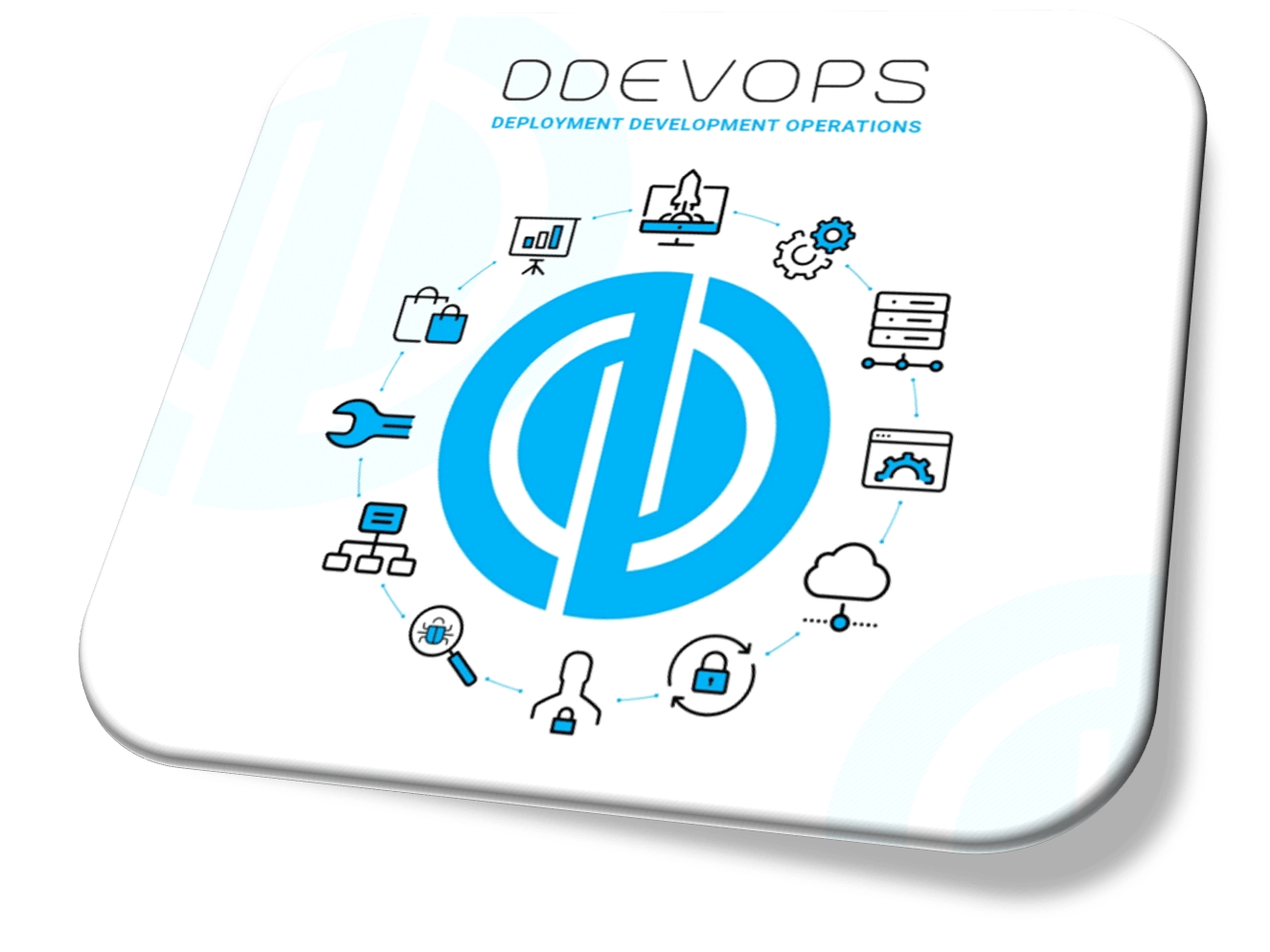DevOps Log Management Guide: Improve Observability, Monitoring and Speed:

DevOps Log Management Guide: Improve Observability, Monitoring and Speed:
DevOps Log Management Guide: Improve Observability, Monitoring and Speed:
Table of Contents
- Introduction
- Why Log Management Is a DevOps Essential
- The Challenges of Log Management in a DevOps World
- Best Practices for DevOps Log Management
- The Right Tools for the Job
- Conclusion
Introduction:
In the fast-moving world of DevOps—where CI/CD pipelines and microservices are the everyday
reality—knowing exactly what’s happening in your systems is critical. Manual checks won’t
keep up. You need real-time, end-to-end visibility. That’s why log management isn’t optional
anymore—it’s an essential part of every DevOps toolkit.
Log management tools aren’t just about piling up text files. They bring structure to the noise by
collecting, centralizing, and analyzing logs from every corner of your delivery pipeline and
production environment. Instead of scattered, messy log files, you get one unified source of
truth. That clarity empowers DevOps teams to move faster, solve problems with confidence,
and stay fully in control.
2. Why Log Management Is a DevOps Essential
- Logs act as digital footprints from apps, servers, containers, and network devices.
- In DevOps, a single user action can pass through dozens of services before completing.
- Without strong log management, tracing that journey is nearly impossible.
- A solid log management strategy gives teams clarity to troubleshoot issues faster.
- Logs also help optimize performance and keep systems running smoothly.
3. Benefits of Log Management in DevOps
- Accelerated Troubleshooting: Centralized logs save time by showing what happened,
- when, and why — reducing Mean Time to Repair (MTTR).
- Enhanced Observability: Logs complete the observability triad (with metrics & traces),
- helping trace a user’s journey and spot bottlenecks.
- Proactive Monitoring: Real-time log alerts catch errors (e.g., spikes in 404s or failed
- logins) before they impact users.
- Security & Compliance: Logs act as a tamper-proof record, supporting audits,
- investigations, and regulatory compliance (HIPAA, PCI DSS).
4. The Challenges of Log Management in a
DevOps World
While log management is essential in DevOps, it comes with its own set of challenges
- Too Much Data, Too Fast: Modern cloud-native apps never stop talking — they
generate a nonstop stream of logs. Storing and making sense of this flood of information
can be both costly and complex. - Different Languages, Same Story: Logs come from apps, databases, containers, and
cloud services, often in messy, inconsistent formats. Without a unified approach, they
get stuck in silos, making it hard to connect the dots. - Alert Overload: If every little issue triggers an alert, teams quickly get overwhelmed.
The noise drowns out the real problems, and critical warnings risk being ignored.
5. Best Practices for DevOps Log Management
To handle these challenges, DevOps teams can follow a few best practices:
- Centralize logs with an aggregation platform to break silos and enable full analysis.
- Use structured formats like JSON for easy searching, parsing, and troubleshooting.
- Define a clear logging policy to filter noise, log only what matters, and reduce costs.
- Add unique request or session IDs to trace complete user journeys across services.
- Automate log collection and integrate with monitoring, alerting, and incident tools.
6. The Right Tools for the Job
- ELK Stack (Elasticsearch, Logstash, Kibana): A favorite in the open-source world.
Logstash gathers and processes logs, Elasticsearch makes them searchable and
analyzable, and Kibana turns them into clear dashboards and visualizations. - Grafana Loki: Built for cloud-native systems, Loki is lightweight and works hand-in-hand
with Grafana for visualization and Prometheus for metrics — giving you a full
observability toolkit. - Datadog: A commercial all-in-one platform that combines logs, metrics, and traces in a
single, user-friendly interface, making troubleshooting much simpler.
Conclusion
Ultimately, effective log management isn’t just about technology — it’s about culture. Strong
logging practices give DevOps teams the visibility they need to move fast, solve problems
quickly, and keep systems resilient. By centralizing logs, using structured formats, and choosing
the right tools, teams can turn raw data into real insights. This not only fuels continuous
improvement but also helps deliver the kind of reliable, high-quality experiences users expect.
Written By Imman Farooqui



